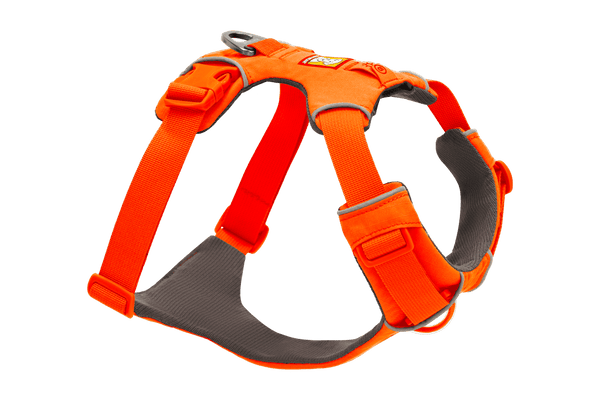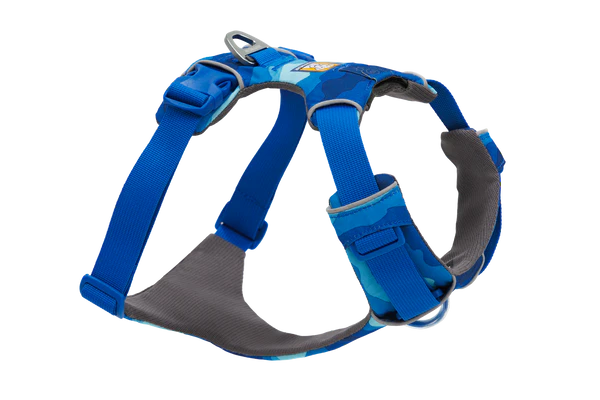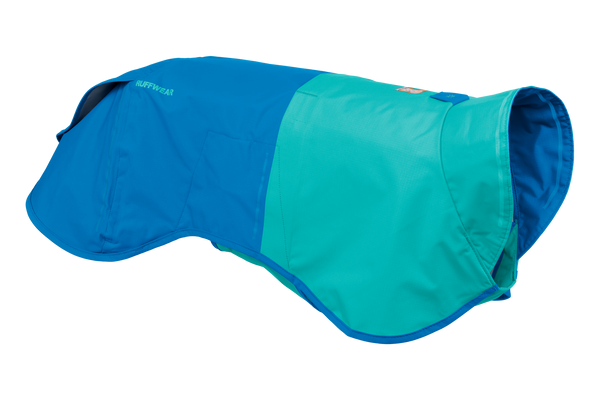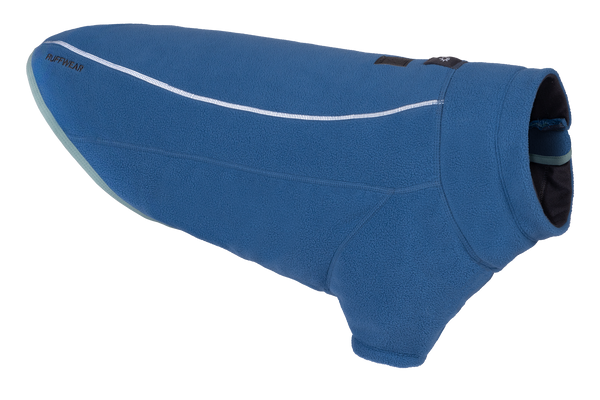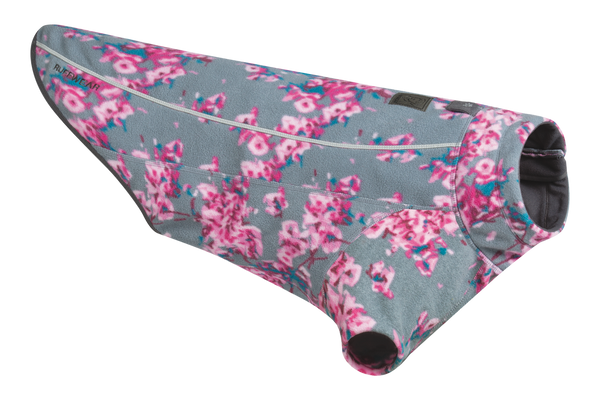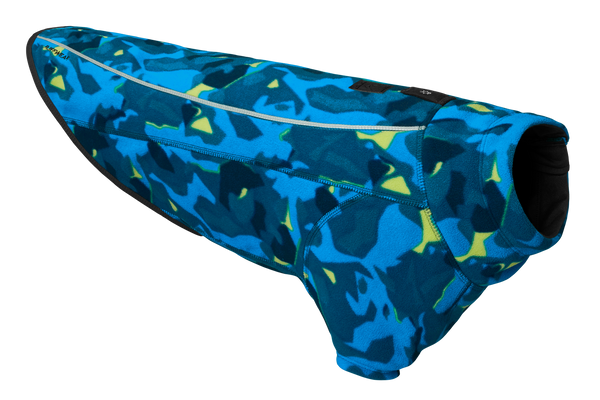Special Tails Belong On Every Trail
At 12 years old, my life changed forever when I began experiencing symptoms that were later diagnosed as incurable. All of a sudden I was dealing with non stop fainting, physical instability, allergic reactions, low blood pressure, and more. It turned out I was living with numerous rare chronic conditions such as Ehlers Danlos Syndrome, Dysautonomia, Hereditary Angioedema, and a Mast Cell Disease.
After trying more than a few treatment plans and navigating the complexities of disability, I realized that the best medicine wasn’t a pill that I should take, but rather the company of a four legged friend that would ease the agony. And so, at 24 years old, rather than excluding myself from life, I learned to embrace it with the help of Zander.

Zander is a four year old German Shepherd, who is my Medical Alert Service Dog. He was selected and task trained to provide specific help to my conditions, such as mobility assistance, item retrieval, carrying medication, alerts to medical episodes, nervous system regulation, and even offering therapeutic relief. And, perhaps my favorite skill of all, transforming the outdoors from a place of uncertainty where I felt didn't belong, to a place of enjoyment.
Before I got Zander, my life was lived out of hospitals, clinics, and infusion centers. I couldn’t explore the outdoors, it felt like just a dream I wished to embark on. To put simply, I didn’t feel like I was ‘living’; I was just existing.

But, Zander’s abilities helped motivate me. All of a sudden I had the tools and resources I needed to tackle hikes, soak up viewpoints, go camping, and more. Together, we explored everywhere from local parks in our home state of Wisconsin, to the mountain tops in The Great Smoky Mountains. We visited the sandy shores of Myrtle Beach all the way to Arches National Park, and other iconic places in between.
Zander’s beauty not only comes in the form of his physical appearance, but seeing my potential while knowing my limitations. Even when it's difficult and I am feeling unwell, he helps me embrace what it means to be an explorer. You see, nature wasn’t formed with accessibility in mind, but with adaptations, we can navigate it with confidence. And through his companionship, he’s given me the strength to become a voice for the disabled and encourage those of various abilities to know their rights in the outdoors.

For example, although pets are not allowed in certain areas of National Parks, Zander and other legitimate service dogs are protected by the Americans with Disabilities Act. These furry friends serve as a visible reminder that task trained teams like Zander and I have a right to be in all places and spaces.
Also, although not required, Zander wears a service dog vest to remind people his assistance is vital to me. (If his vest doesn’t get people’s wheels turning, his Ruffwear "hiking" boots always capture the eye of fellow explorers. He’s the visibility to my invisible illnesses.)

Having the general public know the rules and regulations for service dogs like Zander helps create a more wholesome experience for the disabled and increases safety and inclusiveness. Here are a few things to look out for to help improve and support life for service animals and their owners:
- Owners of non-service dogs should consider leaving their pets at home or keeping them in designated areas where they are allowed. This ensures service animals are able to do their jobs without distraction.
- Those who work and volunteer at outdoor recreation areas should be advocates and friends in the fight against inaccessibility.
- When walking on trails, allow service dogs and their owners to have the right of way.
- If you are passing a service dog owner on a trail, notify them of any hazards that may be present (such as downed tree limbs).
- Notify service dog owners of any visible wildlife. (Service dog owners should take into consideration the wellbeing of their dog’s stress level and the behavior of wildlife when exploring.)
- If you see a service dog performing a task, do not interrupt the service dog from completing that task. For example, if a disabled person drops their water bottle and commands their service dog to pick up their water bottle, do not pick up the water bottle before the dog can.
- Remember that not all disabilities are visible and not all needs are the same. There are multiple types of service dogs and owners with disabilities that require them.
- If a service dog owner asks for help during an emergency, check the owner’s wrist for a medical alert ID band or examine the service dog’s vest for additional information about the owner’s illness or disability.
- Service dog owners and others should always practice Leave No Trace.
- Know the ADA guidelines: The ADA reminds people that they can only ask someone two questions pertaining to animals:

Until there’s a cure or resolution for those who have disabilities, there will be a dog with a special job. It is my hope that everyone, regardless of who they appear to be, or what limitations they may have, feel empowered to take up space in outdoor spaces.
Zander has taught me that the greatest adventure isn’t always checking off our next National Park or tackling a cross country road trip, but sometimes, the greatest adventure is just navigating life with disability, in a world of inaccessibility. Through him, I found my lifeline that allows me to put one foot and one paw in front of another.
More information about service dogs can be found online on www.ada.gov/topics/service-animals/ and https://www.nps.gov/planyourvisit/service-animals.htm.

Those interested in learning more about Emma’s story or looking to connect can email emmawidmarwrites@gmail.com or on Instagram at @xoxoemthegem.
